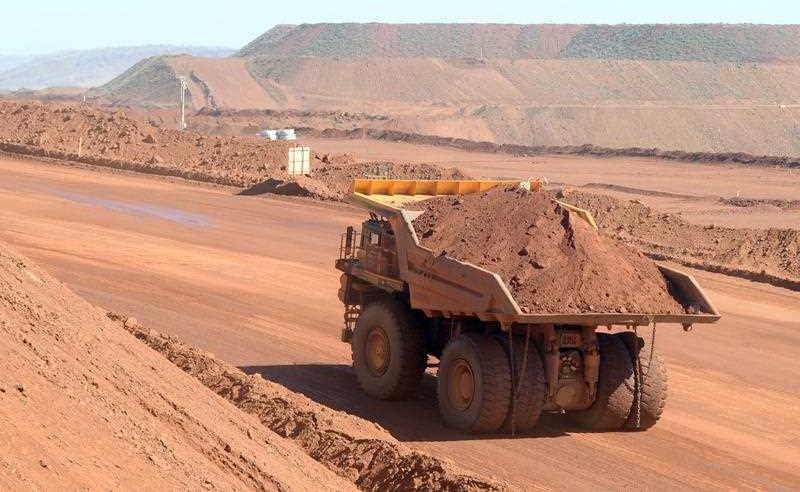Fears remain for the lung health of workers in various industries, despite a national ban on engineered stone coming into effect this year.
Experts pointed out that current dust testing methods focus solely on the weight of particles, overlooking the potential importance of their size and shape in ensuring safety.





